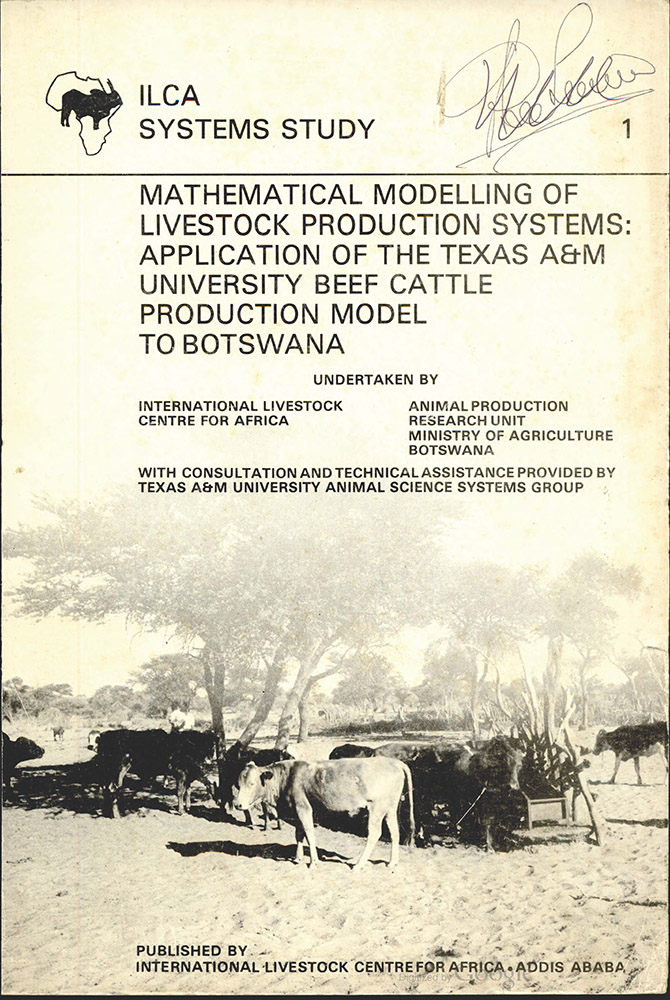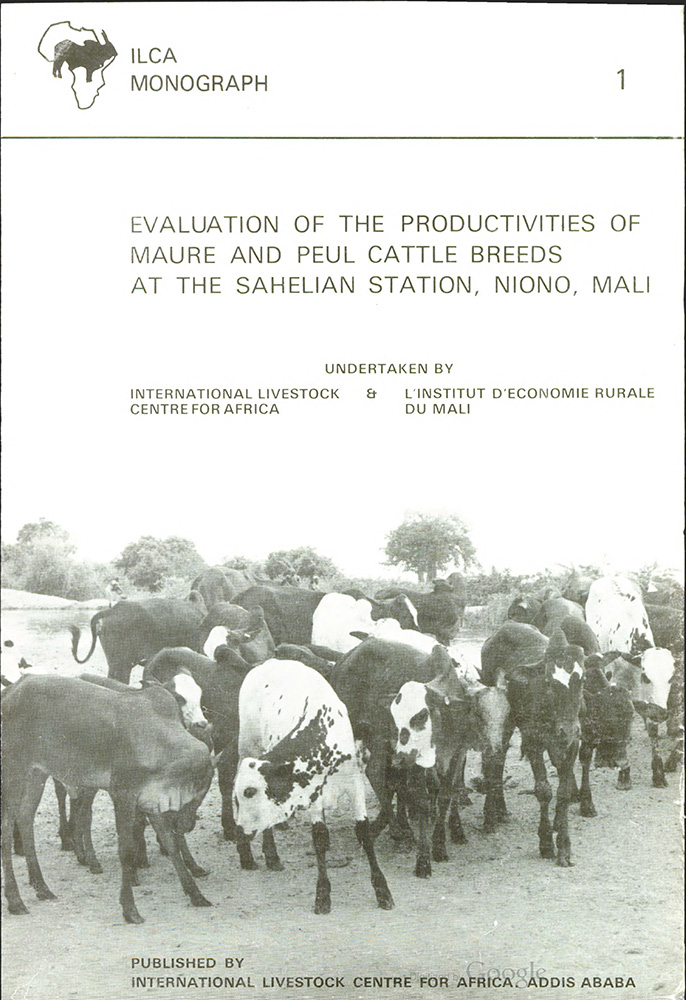Location
Vision, mission and strategy
ILRI's strategy 2013-2022 was approved in December 2012. It emerged from a wide processof consultation and engagement.
ILRI envisions... a world where all people have access to enough food and livelihood options to fulfil their potential.
ILRI’s mission is... to improve food and nutritional security and to reduce poverty in developing countries through research for efficient, safe and sustainable use of livestock—ensuring better lives through livestock.
ILRI’s three strategic objectives are:
- with partners, to develop, test, adapt and promote science-based practices that—being sustainable and scalable—achieve better lives through livestock.
- with partners,to provide compelling scientific evidence in ways that persuade decision-makers—from farms to boardrooms and parliaments—that smarter policies and bigger livestock investments can deliver significant socio-economic, health and environmental dividends to both poor nations and households.
- with partners,to increase capacity among ILRI’s key stakeholders to make better use of livestock science and investments for better lives through livestock.
This is ILRI’s second ten-year strategy. It incorporates a number of changes, many based on learning from the previous strategy (2000–2010, initially produced in 2000 and modified in 2002), an interim strategy (2011–2012) and an assessment of the external and internal environments in which the institute operates.
Members:
Resources
Displaying 1146 - 1150 of 1152Evaluation des Productivites des Races Bovines Maure et Peul a la Station du Sahel, Niono, Mali
Mathematical modelling of livestock production systems: Application of the Texas A & M University beef cattle production model to Botswana
The animal science systems group at Texas A & M University (TAMU) has developed a computer based beef cattle production model for use in tropical countries. This model can be used to predict animal and herd productivity under a variety of management regions in diverse environments. Economic analyses can then be made, based on these predictions.
ILCA's monitoring activities in Kenya: Report to the Government of Kenya
Describes the monitoring Programme carried out by ILCA covering phase II of the Kenya Livestock Development Project, and the six components included. Also describes a two-tiered monitoring system consisting of intensive studies of carefully selected samples and an extensive data collection network concentrating on key indicators. Discusses initial results from the Kenya monitoring Programme.
Evaluation of the productivities of Maure and Peul cattle breeds at the Sahelian station, Niono, Mali
Presents the results of a study carried out to evaluate the productivities of the Maure and Peul breeds and some of their crosses in a semi-arid environment, at the Sahelian station and Niono ranch, Mali. Describes the production system at Niono (1966-1975). Examines reproductive performance, milk yield & composition, viability, body weight, and maternal ability. Compares production systems in environments similar to that of Niono.




